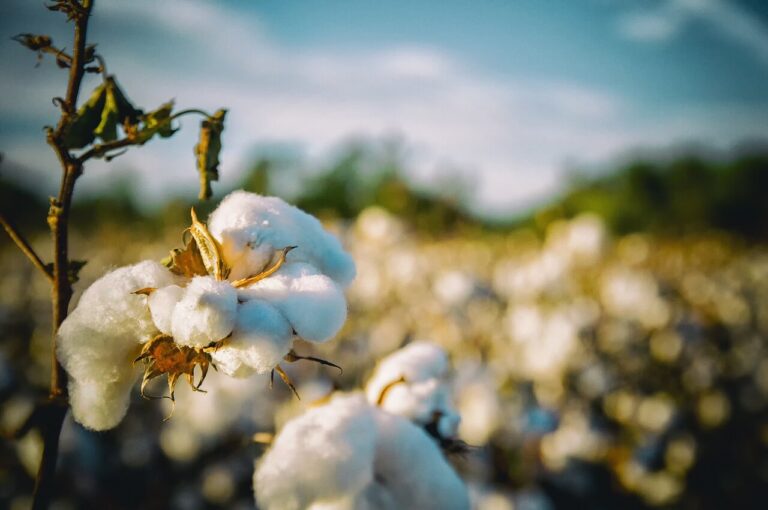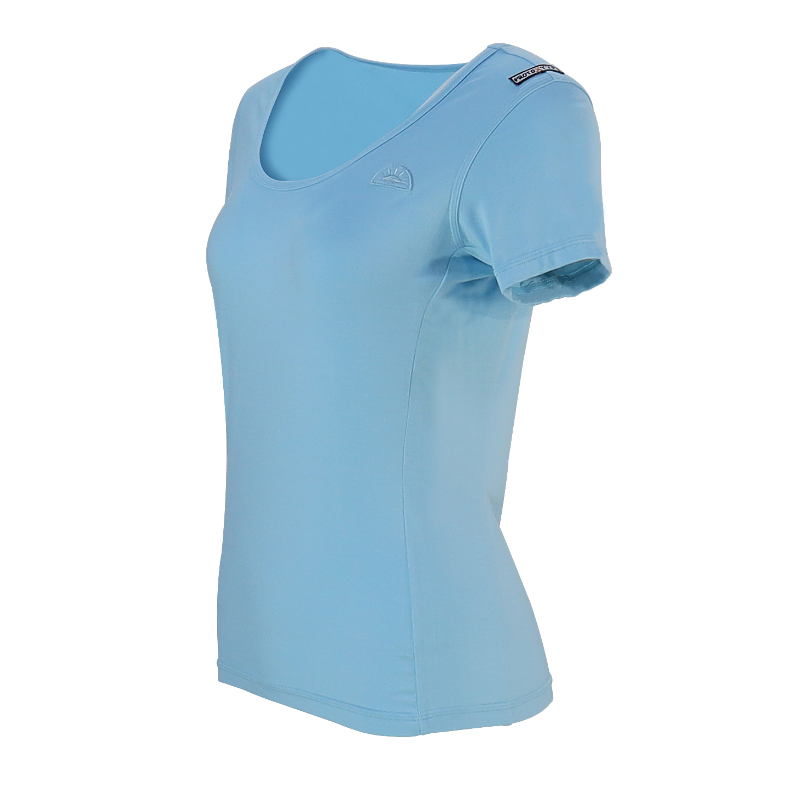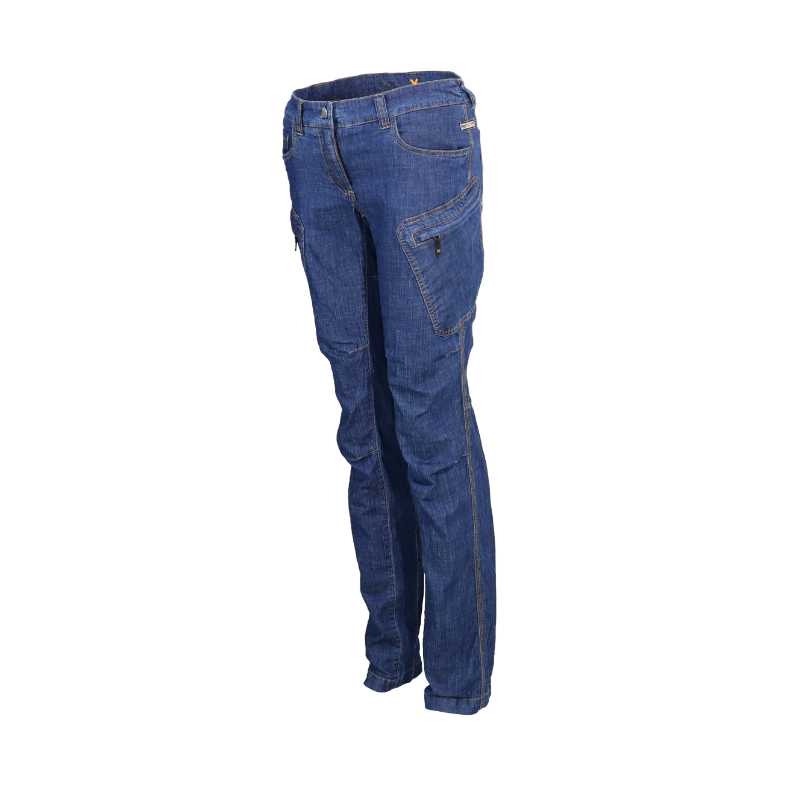ProtoXtype has love and attention for nature in its DNA.
The search for fabrics and fibers, in addition to an obsessive attention to the work chain, are the essential basis for the sustainable choice of the brand. From bamboo to polypropylene (one of the most suitable artificial fibers for recycling), each fabric is wisely chosen for its technical characteristics and for its contribution to the environment.
Among these, however, organic cotton stands out. A natural fiber, exceptionally soft, good for humans and the environment, suitable for making collections really special.
So let’s find out together what are all the benefits of organic cotton.
Organic cotton is a cotton naturally grown with methods and products that have a low impact on the environment. All the weeds present in the crops are in fact eliminated manually, and pest control is carried out in a natural way. Furthermore, for the production of organic cotton, organic production systems are used to fertilize the soil and the use of pesticides and chemical fertilizers, toxic and persistent in the cotton itself and in the environment, is completely eliminated. The cultivation of organic cotton also requires much less water than classic cotton. According to the 2017 Textile Exchange report, 182 liters of water are used for every ton of organic cotton, while traditional cotton uses 2,120 liters per ton. Another important aspect worth highlighting is that organic cotton production cuts around 46% of climate-altering gas emissions.
The cultivation of organic cotton is therefore sustainable, ecological and ethical, both for the environment and for the social: the use of cotton is in fact one of the main causes of global pollution. This is because the harmful substances generally used in the production and processing of standard cotton persist in the fabric even after washing and over time some of these substances are absorbed by our skin and another part is released into the water with each wash. Given its countless advantages, especially in favor of the environment, every year the production of organic cotton grows exponentially, by about 20%. At present, however, the percentage of organic cotton crops represents about 1% of world cotton production. Thanks to its characteristics, organic cotton is preferred to traditional cotton in many production chains. From that textile, because very soft on the skin it is hypoallergenic, therefore ideal for people who suffer from allergies and easy to wash and wear; from personal care to products for the home and for children. In short, the benefits of organic cotton are innumerable, a fiber that is good for everyone.







